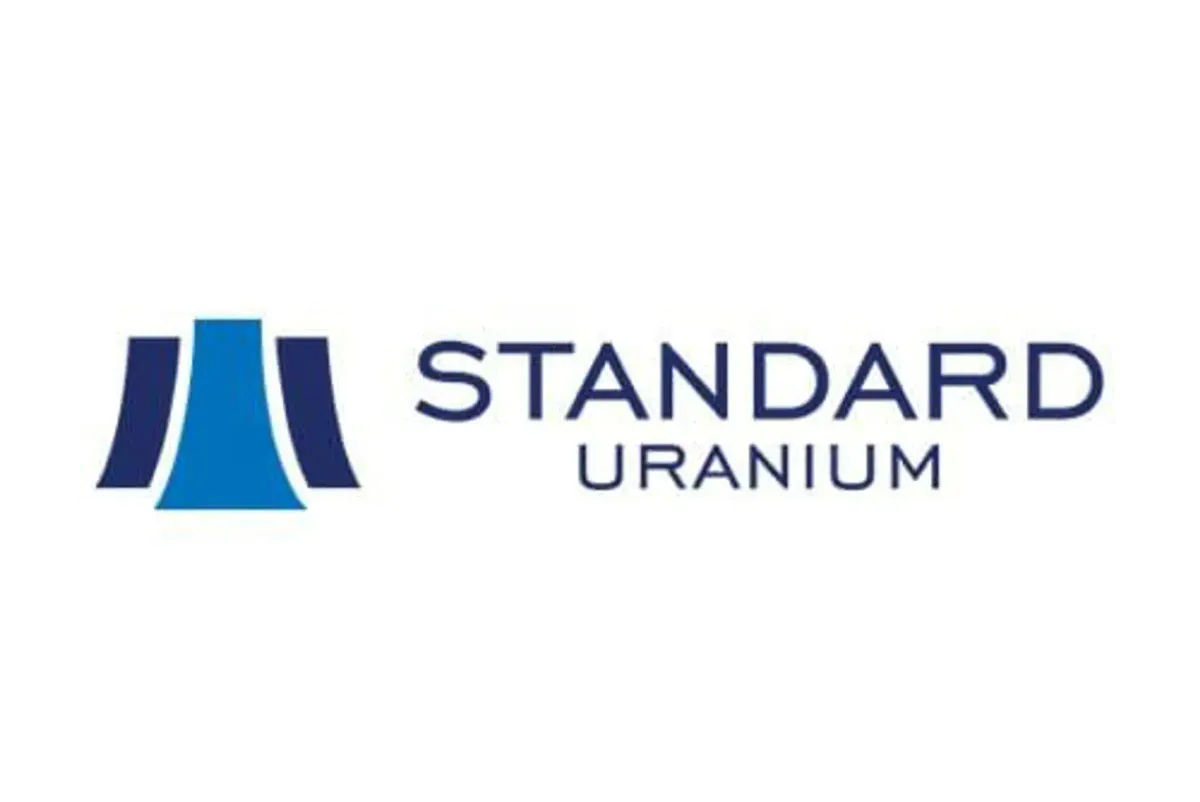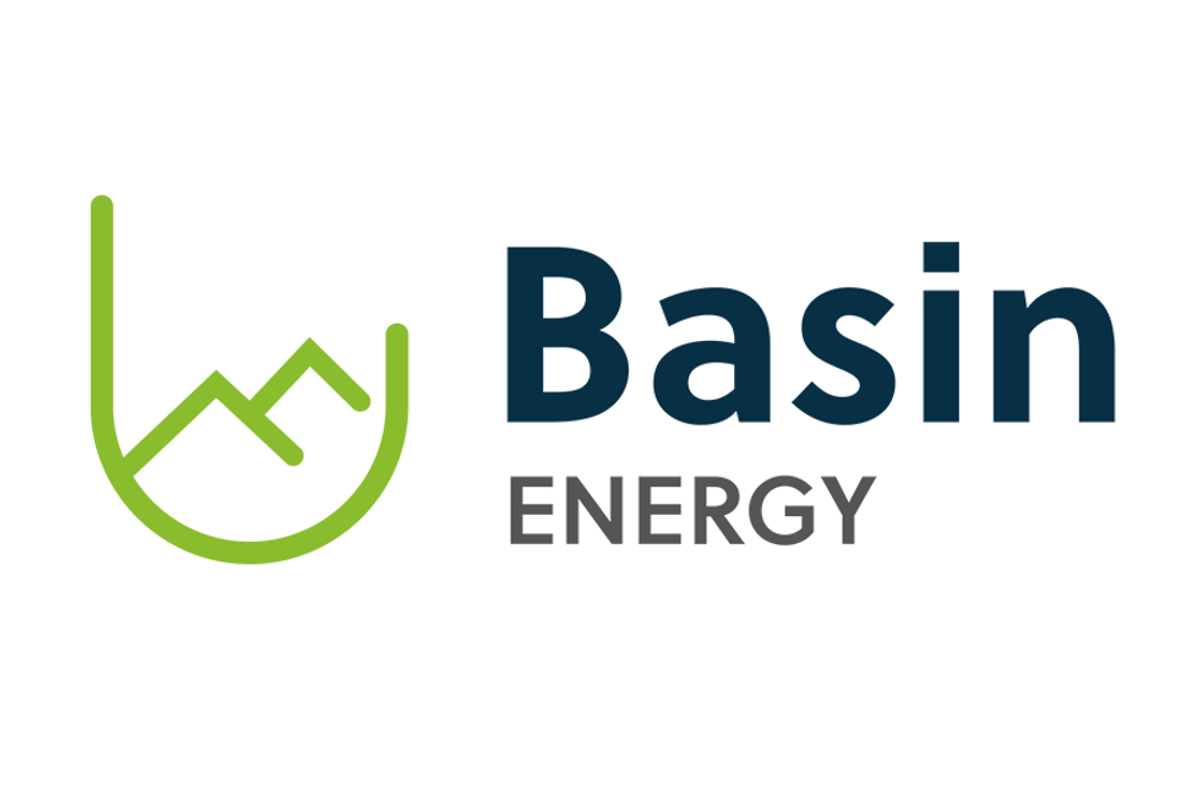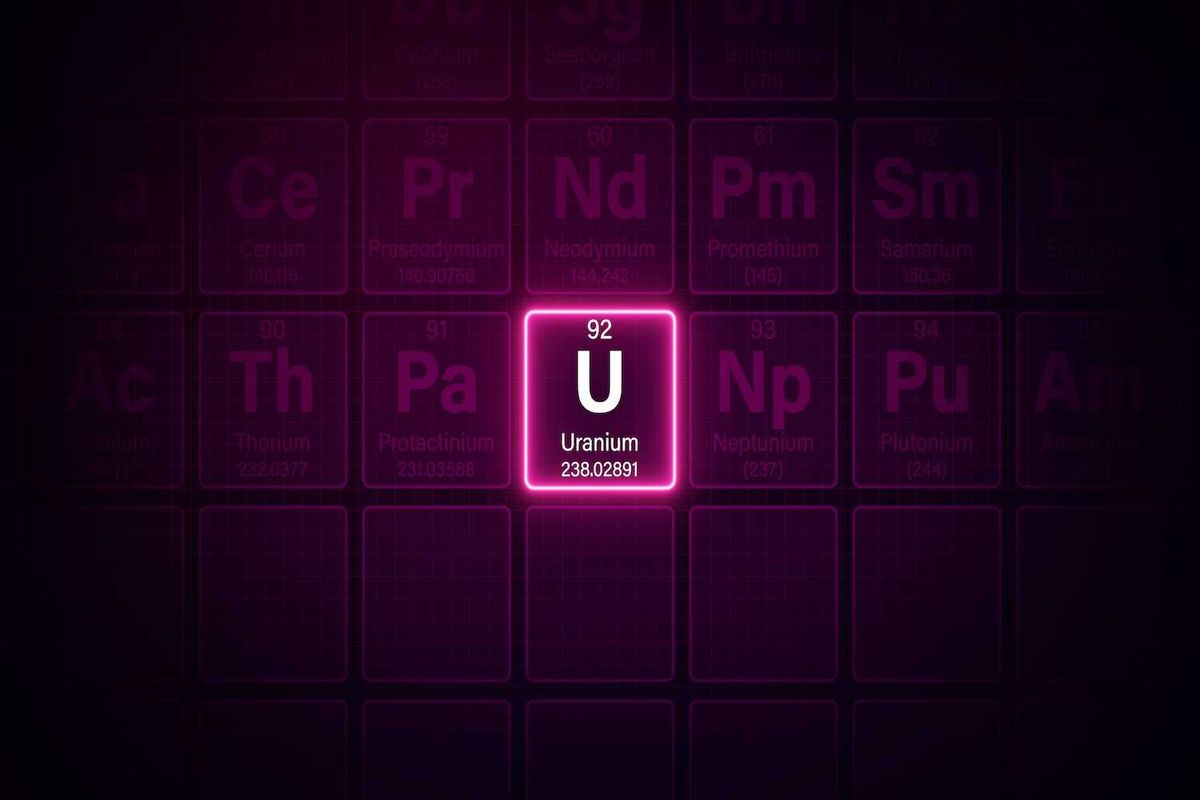
July 10, 2024
Deposit starts from surface with significant scope for further growth
DevEx Resources (ASX: DEV; DevEx or the Company) is pleased to announce a maiden Inferred Mineral Resource Estimate (MRE) for its 100%-owned Kennedy Rare Earths Project (Kennedy Project) in North Queensland (Figure 1).
Highlights
- Inferred Mineral Resource Estimate (MRE) completed for the Kennedy Ionic Adsorption Clay-Hosted REE Project in North Queensland, reported in accordance with JORC 2012 guidelines:
- 150Mt @ 1,000ppm TREO1 (470ppm TREO-CeO2) at a 325ppm TREO-CeO2 cut-off
- The entire Inferred MRE sits in unconsolidated clay-rich gravels commencing from surface with no overburden.
- At a 475ppm TREO-CeO2 cut off, the Inferred MRE is 88Mt @ 1,200ppm TREO (560ppm TREO-CeO2).
- Further potential to expand the Inferred MRE with in-fill and extensional drilling to target several priority areas outside the Inferred MRE to the west.
- Previously reported preliminary metallurgical test work demonstrates rapid recoveries can be achieved by desorption of REE in the first 30 minutes using ammonium sulfate solution ((NH4)2SO4) in weak acidic conditions (pH4) with very low acid consumption.
- Being adjacent to the Kennedy Highway, the Project stands to further benefit from the Queensland Government’s significant investment into infrastructure upgrades and support for critical minerals development.
The Inferred MRE for the Kennedy Project, which occurs in surface unconsolidated gravelly clays, totals 150 million tonnes at 1,000ppm TREO (470ppm TREO-CeO2) using a cut-off grade of 325ppm TREO-CeO2 (Tables 1 and 2 and Figures 2 and 4) or 88Mt @ 1,200ppm TREO (470ppm TREO-CeO2) using a 475ppm cut-off grade (Tables 1 and 2 and Figures 3 and 5).
DevEx’s Managing Director, Brendan Bradley, said:
“Delivering a maiden Inferred Mineral Resource within a year from the discovery of this deposit is a significant achievement by our team and sets a strong foundation for the Kennedy Project.
“The key attributes of the Resource are that it commences at surface with no overburden, extends over a considerable area with further scope for growth, and is one of the few ionic adsorption clay- hosted REE deposits in Australia.
“The favourable results from initial metallurgical test work – combined with the deposit’s scale and established road and port infrastructure in the region – highlight its potential as a future source of highly valuable magnet rare earths.
“Rare earths are considered a critical input for renewable energy applications such as electric vehicles and wind turbines, and aligns with DevEx’s broader strategy to discover minerals which contribute to the clean energy transition.”

The Inferred MRE for the Kennedy Project, contains the important and high-value Magnetic Rare Earth Oxides (MREO’s) – Praseodymium (Pr6O11), Neodymium (Nd2O3), Dysprosium (Dy2O3) and Terbium (Tb4O7), which are essential in the manufacture of permanent rare earth magnets used in electric vehicles, wind turbines and numerous other renewable energy applications. The Company has strategically targeted these MREO’s and mineralised zones where they concentrate, in both grade and thickness.
The Kennedy Project remains one of only a select few ionic clay projects that have been defined in Australia and is considered to be similar to the Makuutu Heavy Rare Earths Project in the Republic of Uganda owned by Ionic Rare Earths Limited (ASX: IXR).3
Drilling and preliminary metallurgical test work completed to date at the Kennedy Project has identified the potential for favourable mining and processing attributes including:
- Shallow: The mineralisation occurs from surface with minimal to no overlying overburden.
- Soft: The rare earths lie in unconsolidated clays with irregular pisolite, and nodules (gravels) dispersed amongst the clays.
- Favourable metallurgy: Preliminary leach test work demonstrates rapid recoveries by desorption of REE in the first 30 minutes using ammonium sulfate solution ((NH4)2SO4) in weak acidic conditions (pH4) with very low acid consumption and very low dissolution of gangue elements including calcium (see Company Announcements 16 May 2023 and 10 July 2023).
- Significant scale: Broad-spaced drilling to the south-west of the Inferred MRE area highlights several exploration areas for follow up and in-fill drilling.
The majority of the Kennedy Inferred MRE sits across two pastoral properties, allowing for efficient engagement with landholders. DevEx has successfully negotiated access agreements to conduct its exploration activities across both properties and continues to engage with these key landholders and the broader community for the project's progression.
The Kennedy Project is well-located nearby to existing infrastructure networks, including transportation, power supply and bulk port facilities. Queensland has a well-established mining sector supported by a skilled workforce and government support.
The Project stands to benefit from the Queensland Government’s Critical Minerals Strategy which outlines four key objectives to achieve Queensland’s ambitions for a prosperous critical minerals sector - move faster and smarter, maximise investment, build value chains and foster research and ESG excellence. Current commitments by the Government include: i) $245 million investment into growing the critical minerals sector and establishing critical mineral zones; and ii) the $5 billion being invested into Copper String 2032 which is essential to the new Queensland Super Grid backbone under the Queensland Energy and Jobs Plan.
The Company has been awarded $175,000 under this Initiative to assist with undertaking further metallurgical testwork at the Project.
Click here for the full ASX Release
This article includes content from DevEx Resources, licensed for the purpose of publishing on Investing News Australia. This article does not constitute financial product advice. It is your responsibility to perform proper due diligence before acting upon any information provided here. Please refer to our full disclaimer here.
The Conversation (0)
11 November
Drilling Commenced for Sybella-Barkly Uranium and Rare Earth
Basin Energy (BSN:AU) has announced Drilling commenced for Sybella-Barkly uranium and rare earthDownload the PDF here. Keep Reading...
11 November
Generation Uranium Eyes Discovery Near Athabasca’s Premier Uranium Zone
At the 51st annual New Orleans Investment Conference, Chris Huggins, CEO of Generation Uranium (TSXV:GEN,OTCQB:GENRF), shared how the company is positioning itself in one of Canada’s most promising uranium belts. “We have a property called the Yath. It's a uranium grassroots project that is in... Keep Reading...
10 November
Powering North America’s Critical Minerals Future
Lithium. Uranium. Vanadium. Titanium. Iron.These are the essential building blocks of the clean energy era — powering electric vehicles, renewable energy storage, defense technologies and advanced manufacturing. They’re also at the heart of a new industrial race that’s reshaping investment,... Keep Reading...
10 November
US Reinstates Uranium as Critical Mineral, Boosting Domestic Producers
The US government has officially added uranium back to the nation’s list of critical minerals in a bid to strengthen domestic energy security and reduce reliance on foreign sources. The final 2025 List of Critical Minerals, released by the US Geological Survey (USGS), identifies 60 minerals... Keep Reading...
Latest News
Latest Press Releases
Related News
TOP STOCKS
American Battery4.030.24
Aion Therapeutic0.10-0.01
Cybin Corp2.140.00





